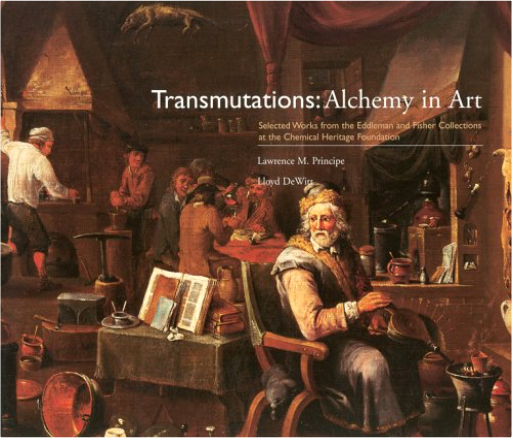 Alchemy is one of the most evocative subjects in the history of science. Alchemy made important contributions to the development of modern science while firing popular imagination so strongly that portrayals of the alchemist at work pervaded the arts. The more celebrated goals of alchemy, like transmutation of base metals into gold, still tease and tantalize. Transmutations offers a thoughtful look at the role of the alchemist in the 17th and 18th centuries, as depicted in a selection of paintings from the Eddleman and Fisher Collections housed at the Chemical Heritage Foundation. This beautiful full-color book reveals much about the beginnings of chemistry as a profession. 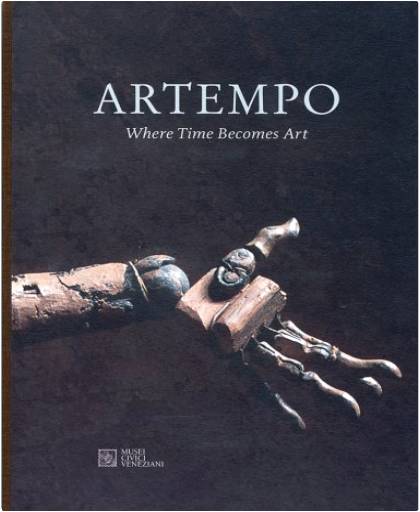 As Albert Einstein said, "The most beautiful experience we can have is the mysterious. It is the fundamental emotion which stands at the cradle of true art and true science." This delightful, surprising and tactile exhibition catalogue examines the relationship between nature and the man-made world, reevaluating of our perceptions of reality, of how we read information, meaning and poetry in the physical world around us. Alongside an assortment of historical art objects from different periods and cultures, this volume features work by an assortment of international artists including Marina Abramovic, Antonin Artaud, Francis Bacon, Hans Bellmer, Michael Borremans, Louise Bourgeois, Andre Breton, Cai Guo-Qiang, Jean Dubuffet, Marcel Duchamp, Marlene Dumas, Fischli & Weiss, Lucio Fontana, Alberto Giacometti, Anish Kapoor, On Kawara, William Kentridge, Yves Klein, Man Ray, Piero Manzoni, Gordon Matta-Clark, Pablo Picasso, Robert Raushenberg, Medardo Rosso, Richard Serra, James Turrell, Andy Warhol and many more. 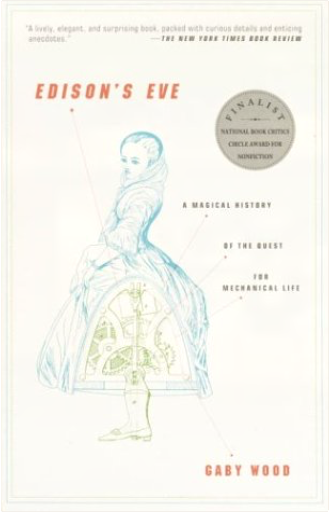 During the eighteenth century, the inventor Jacques de Vaucanson created a mechanical duck that seemingly could digest and excrete its food. A few decades later, Europeans fell in love with “the Turk,” a celebrated chess-playing machine built in 1769. Thomas Edison was obsessed for years with making a talking mechanical doll, one of his few failures as an inventor. In our own time, scientists at MIT are trying to build a robot with emotions of its own. |  Home to over 20,000 mind-boggling anatomic specimens, plaster casts, wax models, and paintings, the Mutter Museum, founded in 1858, is part of the College of Physicians of Philadelphia. This book features over 100 photographs by a select group of renowned photographers whose work appears in the award-winning Mutter Museum calendars. Highlights include a bust of an early-19th-century Parisian widow with a six-inch horn protruding from the forehead; the connected livers of Chang and Eng, the world-famous Siamese twins; the skeleton of a 7’6” giant from Kentucky; and a collection of 139 skulls showing anatomic variation among ethnic groups in central and eastern Europe. Historical photographs from the museum’s archives, brief background texts about the collection, stunning photographs by acclaimed photographers including William Wegman and Joel-Peter Witkinand, and an introductory essay on the museum are also included.  This installation comprises artifacts, archival photographs, and lithographs from the Mutter Museum; and recent work by ten contemporary photographers who have addressed the Museum's collection. Among the ten are Shelby Lee Adams, Scott Lindgren, Joel-Peter Witkin, Olivia Parker, Steven E. Katzman. 31-pages; b/w photos. Essays, Checklist of the Exhibition. 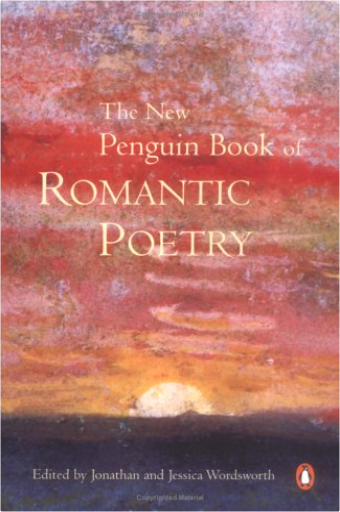 In the years following the American and French Revolutions, the Romantic Movement’s exaltation of nature and the imagination produced poetry of surpassing beauty and importance. From Coleridge’s “Kubla Khan” to Byron’s “She walks in beauty, like the night,” this outstanding anthology gathers the work of fifty-one poets from the period. Arranged by theme and genre, the book enables us to see the Romantics—both famous and lesser-known—in a fresh light, revealing unexpected connections and shared concerns. Including a strong representation of women poets such as Charlotte Smith and Mary Robinson, this definitive collection captures the period’s matchless creative flowering in all its glory.  Arguably the greatest Englishman in the history of science after Isaac Newton, a vivid and visceral biography of William Harvey, who discovered the circulation of the blood, and brilliant portrait of seventeenth-century thought and imagination. |

Morbid Anatomy Museum
Collection Total:
1,253 Items
1,253 Items
Last Updated:
Jan 26, 2016
Jan 26, 2016

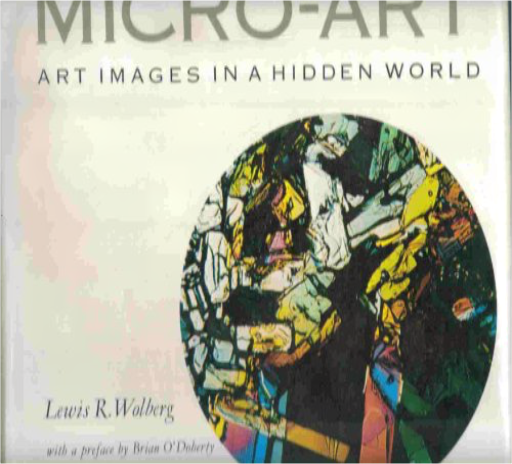
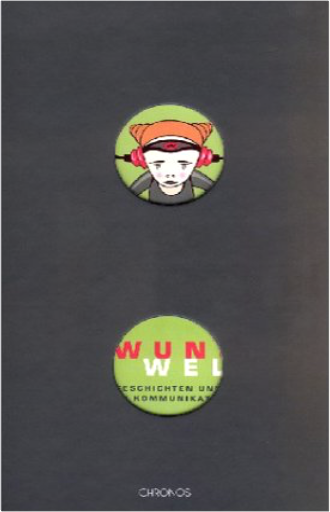

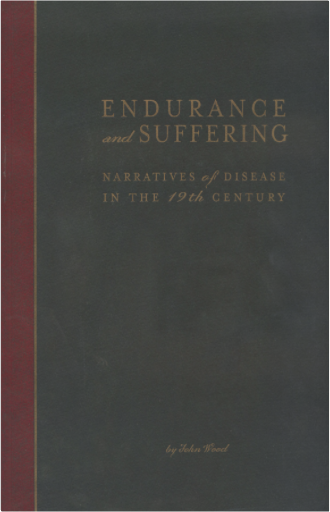

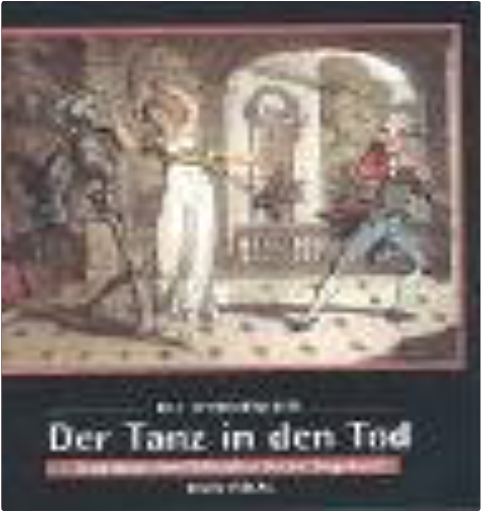
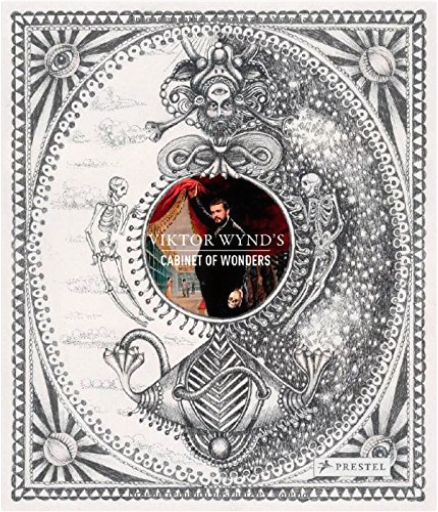
 Made with Delicious Library
Made with Delicious Library